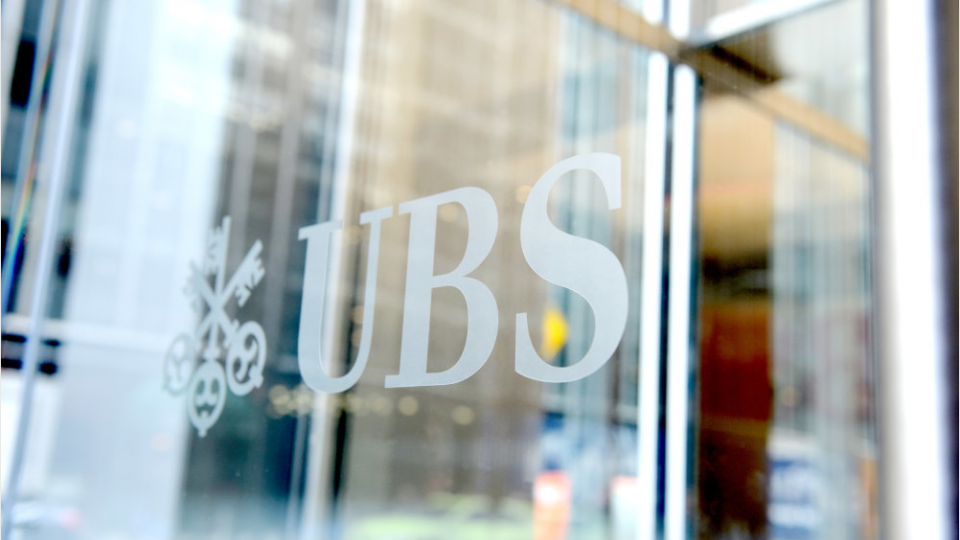
The pandemic has seen an impulse to "rebuild" economies in a new way, says Bruno Bertocci, Head Global Sustainable Equities at UBS Asset Management.
But how will investing in companies that are best-placed to succeed in a low-carbon economy benefit investors?
What can investors expect from the launch of your new Climate Aware strategy?
Regulatory change and an increasing awareness of the environment have made climate investing the new normal for investors. As our society and economy move towards a new low-carbon model, an increasing number of investors are asking how they can align their portfolio with needed changes while retaining their long-term investment goals.
Our strategy is a portfolio that invests in companies ready to succeed in a low-carbon economy. We address climate change as a systemic problem, looking at the economy in a holistic way to find climate change leaders.
What is your approach to climate change in your portfolios?
The portfolio is concentrated investing worldwide in companies that are attractively valued and demonstrate leadership in three categories: climate mitigation (companies addressing their own operations), climate adaptation (product and services providing solutions to a low-carbon future), and climate transition (companies transforming their business models).
The portfolio has significant exposure to environmental themes but approaches climate change as a systemic issue, enabling the construction of a diversified portfolio with a low carbon footprint.
What will a low-carbon economy look like?
When we think about the challenge of climate change, we are looking at the economy in a systemic way, analysing change across all sectors. This means finding companies that are leaders in energy efficient technologies, such as smart mobility and precision agriculture, that have the potential to transform our environment. We also look to invest in select energy producing companies that are transitioning towards a low-carbon model.
We believe that investors can make a difference by targeting sectors that are current carbon emitters but that have a strategy to move to meaningfully more favorable climate profiles. By targeting these companies that recognize the need to change and supporting that change through robust engagement, investors can support the transition to a lower carbon world.
It is vital that global greenhouse gas (GHG) emissions decrease dramatically to effectively address the risks of climate change and global warming.
What challenges do investors face when investing in climate change strategies?
Investors’ ambitions have been limited by the lack of climate-material data – either because of lack of disclosure from companies or because of the inability to tie investment strategy to climate model outcomes.
Data is improving through increased disclosure and the efforts of organizations such as the TCFD, but we cannot afford to wait for perfect data.
Consequently we are leveraging a combination of proprietary climate models - Climate Aware Glide Path – a quantitative model that compares the company's carbon footprint trend with the required emission reduction implied by 2 degrees global warming scenario , estimating the probability that the company will achieve those glide path targets and our qualitative assessment of a company’s climate and environmental profile, lifted by engagement.
We believe that a combination of insightful analysis and active engagement has the best opportunity to help change the world's environmental profile for the better.
Here you'll find the complete 'Sustainable Investing Foresight - Time for action on climate change'from UBS Asset Management.
